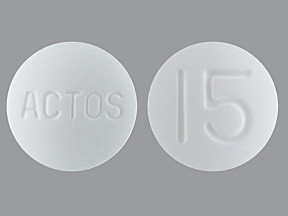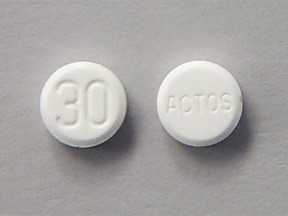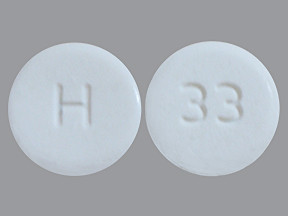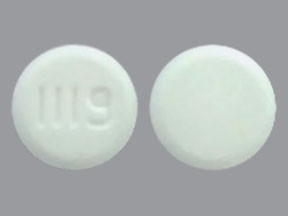PIOGLITAZONE - ORAL
PHONETIC PRONUNCIATION: (PYE-oh-GLI-ta-zone)
COMMON BRAND NAME(S): Actos
GENERIC NAME(S): pioglitazone HCl
Uses
USES: Pioglitazone is a diabetes drug (thiazolidinedione-type, also called "glitazones") used along with a proper diet and exercise program to control high blood sugar in patients with type 2 diabetes. It works by helping to restore your body's proper response to insulin, thereby lowering your blood sugar. Controlling high blood sugar helps prevent kidney damage, blindness, nerve problems, loss of limbs, and sexual function problems. Proper control of diabetes may also lessen your risk of a heart attack or stroke. Pioglitazone is used either alone or in combination with other diabetes medications (such as metformin or a sulfonylurea such as glyburide). Talk to your doctor about the risks and benefits of pioglitazone.
How to use PIOGLITAZONE - ORAL
HOW TO USE: Read the Medication Guide provided by your pharmacist before you start using pioglitazone and each time you get a refill. If you have any questions, ask your doctor or pharmacist. Take this medication by mouth with or without food as directed by your doctor, usually once daily. Dosage is based on your medical condition, response to treatment, and if you are taking other diabetes drugs. Your doctor will adjust your dose based on your blood sugar to find the best dose for you. Follow your doctor's directions carefully. Take this medication regularly in order to get the most benefit from it. Remember to use it at the same time each day. If you are already taking another diabetes drug (such as metformin or a sulfonylurea), follow your doctor's directions carefully for stopping/continuing the old drug and starting this medication. Carefully follow the medication treatment plan, meal plan, and exercise program your doctor has recommended. Check your blood sugar regularly as directed by your doctor. Keep track of the results, and share them with your doctor. Tell your doctor if your blood sugar measurements are too high or too low. Your dosage/treatment may need to be changed. It may take up to 2 to 3 months before the full benefit of this drug takes effect.
Side Effects
Precautions
Interactions
Overdose
Images

- color
- white
- shape
- round
- imprint
- 15, ACTOS

- color
- white
- shape
- round
- imprint
- 15, ACTOS

- color
- white
- shape
- round
- imprint
- 30, ACTOS
Reviews
Faq for PIOGLITAZONE - ORAL
Pioglitazone is an oral medication used to treat type 2 diabetes. It belongs to a class of drugs called thiazolidinediones, which help lower blood sugar levels by improving the body's sensitivity to insulin.
Pioglitazone is used to control blood sugar levels in individuals with type 2 diabetes. It is often prescribed alongside diet and exercise to effectively manage the condition.
Common side effects of Pioglitazone may include weight gain, fluid retention, headache, muscle pain, and cold-like symptoms. Serious side effects such as liver problems and heart failure are rare but can occur.
Pioglitazone can be used as a standalone medication or in combination with other diabetes drugs. The specific treatment plan varies for each individual, and your healthcare provider will determine the most suitable approach for you.
Pioglitazone may take a few weeks to show its full effect in controlling blood sugar levels. It is important to continue taking the medication as prescribed, even if you do not notice immediate improvement.
Pioglitazone is generally not recommended for use during pregnancy due to potential risks to the unborn baby. It is also advised to avoid breastfeeding while taking this medication unless otherwise directed by your doctor.
No, Pioglitazone is specifically designed for individuals with type 2 diabetes. Type 1 diabetes requires different treatment strategies such as insulin therapy.
Pioglitazone has been associated with an increased risk of bladder cancer, particularly in long-term users. It is important to discuss your medical history and any pre-existing conditions with your healthcare provider before starting this medication.
It is essential to inform your doctor about all other medications, supplements, or herbal products you are taking to avoid any potential interactions with Pioglitazone. Certain medications, such as oral contraceptives and rifampin, may affect the effectiveness of Pioglitazone.
Warning
WARNING: Pioglitazone may rarely cause or worsen a certain heart problem (heart failure). Tell your doctor right away if you notice any symptoms of heart failure, including: shortness of breath, swelling ankles/feet, unusual tiredness, unusual/sudden weight gain. This medication is not recommended for people with certain types of heart failure. Before using this medication, tell your doctor if you have heart failure.
Disclaimer
IMPORTANT: HOW TO USE THIS INFORMATION: This is a summary and does NOT have all possible information about this product. This information does not assure that this product is safe, effective, or appropriate for you. This information is not individual medical advice and does not substitute for the advice of your health care professional. Always ask your health care professional for complete information about this product and your specific health needs.



No Reviews Yet